Air dehumidifiers are a common accessory for many households and industries. According to industry estimates, the total market size of dehumidifiers is expected to be about US$2.9 billion in the year 2020. According to other estimates, the market size of dehumidifiers is expected to grow to around US$3.5 billion by the year 2022. In this article, we look at how this mechanism of dehumidifying works in a simple manner without going into the technical details and what makes it so useful for us.
As the name suggests, a dehumidifier is an appliance that removes humidity from the air. It generally follows the basic concept of condensation in which the air is cooled enough that the moisture in the air condensates and gets separated from the cooled air. It is the same effect that can be seen on cold windows or drink bottles. The air gets cooled on touching these cold surfaces, resulting in condensation, that is, separation of water from the air. This dry air is then warmed up by the dehumidifier and returned back into the room or into its operating environment. Different materials can be used as a catalyst in this process, to help in the separation of water moisture from the air. It’s even possible to make some basic dehumidifiers that are based on the same theory. In comparison to air conditioners, dehumidifiers work in a very similar way except for the last step of warming the air before pumping it back into the room. The air conditioners would simply blow the cold air into the room after extracting the moisture from it, without warming it up.
Dehumidifiers come in various forms and sizes and while there might be some differences among the different models, they all work on the same principle described above. From small portable versions to the full-house systems, they can also differ in their cost, effectiveness as well as performance. While the smaller lightweight versions can be used by consumers on their own, the larger ones require professional installation and maintenance. Some industrial or restoration dehumidifiers are used in extremely wet conditions, e.g. to dry the carpets after some form of flooding in the house.
An important difference among the variety of dehumidifiers is the volume of air they are able to dehumidify per unit time. This is referred to as the capacity of a dehumidifier and is generally measured in liters or pints of water removed in 24 hours. The bigger this number, the more moisture is removed from the air. The ideal capacity depends on the amount of air that needs to be dehumidified (which is a direct consequence of the room size) and the amount of humidity in the room.
Depending on the size and form, a dehumidifier can either have a bucket or container for the water being extracted from the air, or it can have a hose connection which may be used to drain the water. To avoid overflowing, most dehumidifiers with buckets automatically switch off when the bucket gets full. These buckets need to be emptied manually whenever they get full.
Some dehumidifiers come with a humidistat which lets you control the desired level of humidity to which a dehumidifier dries the environment. These dehumidifiers measure the level of humidity in the air and turn off when the required level is achieved. Such dehumidifiers are beneficial for maintaining a healthy and safe level of moisture in the air, at the same time being more economical to run over longer periods of time.
Good dehumidifiers also come with some form of air filter incorporated in the air intake. These air filters protect the internals of the dehumidifier from dust to maintain the efficiency of the condensing step and keep the passage clean for air to pass through. Additionally, these filters help in cleaning and improving the overall quality of air.
We hope this article helped you in understanding the basics of how dehumidifiers work, their primary specification parameters, and some important factors that should be looked at when comparing the wide variety of models available.







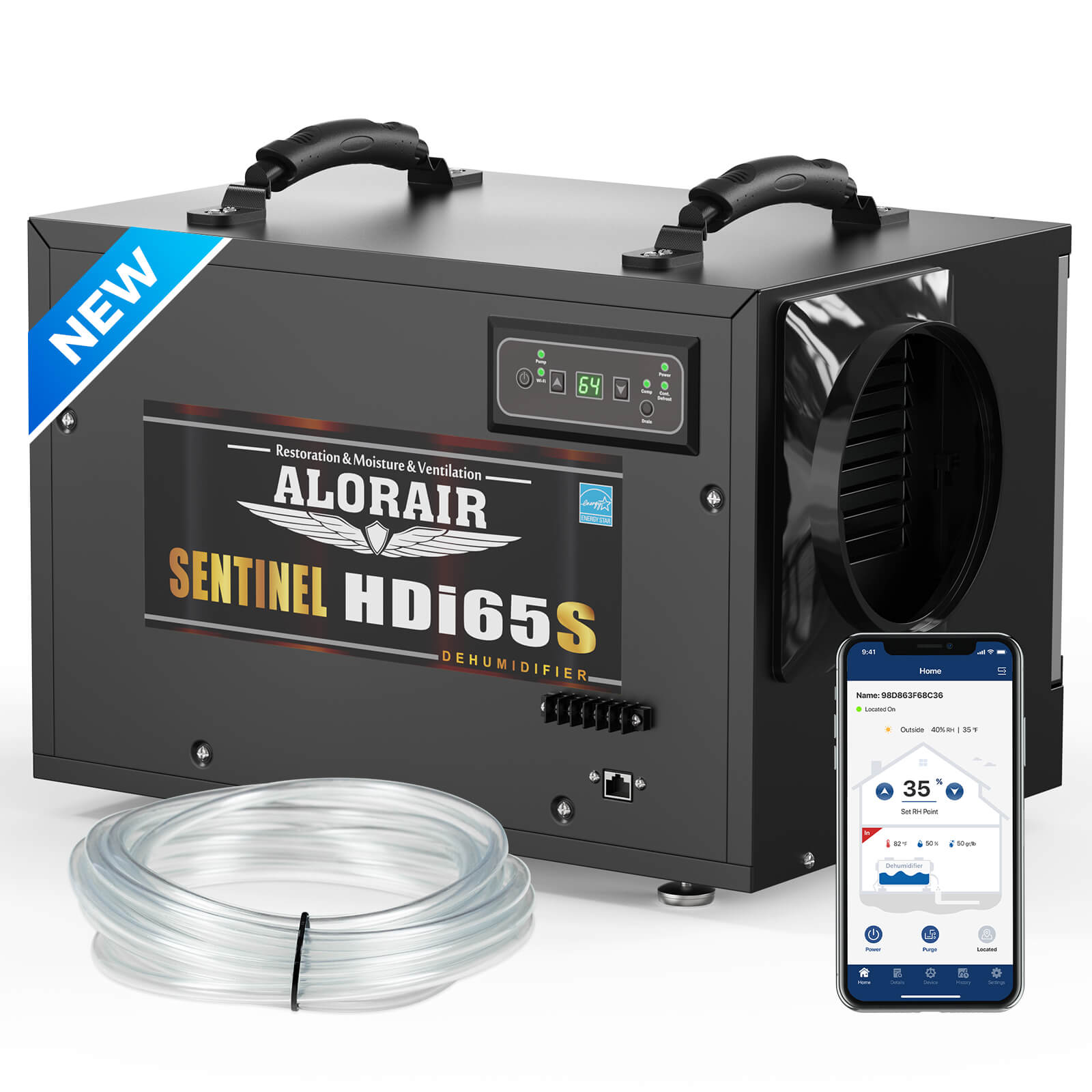
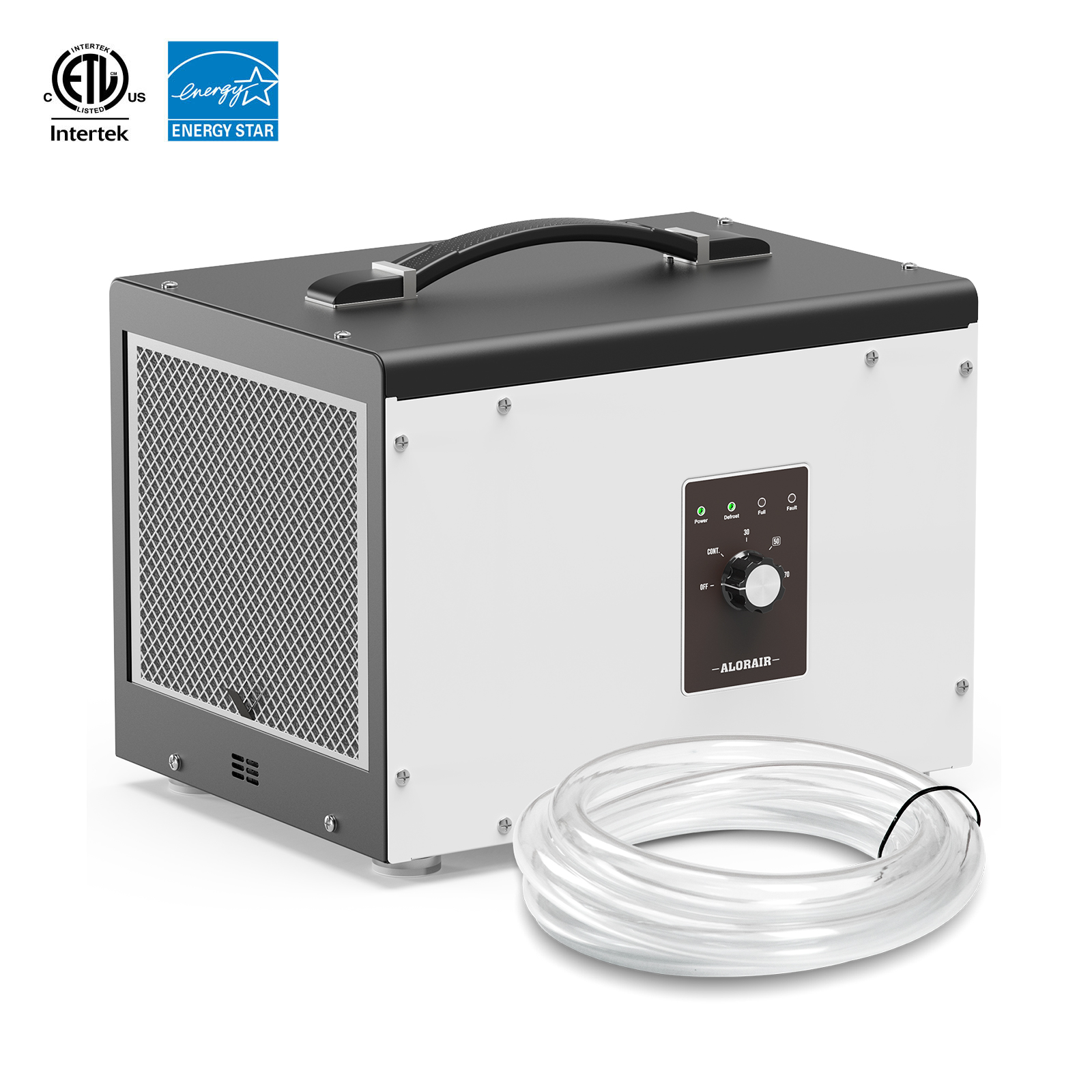
.jpg)
.jpg)

.jpg)

.HDi90.png)
.HD90.png)



.jpg)
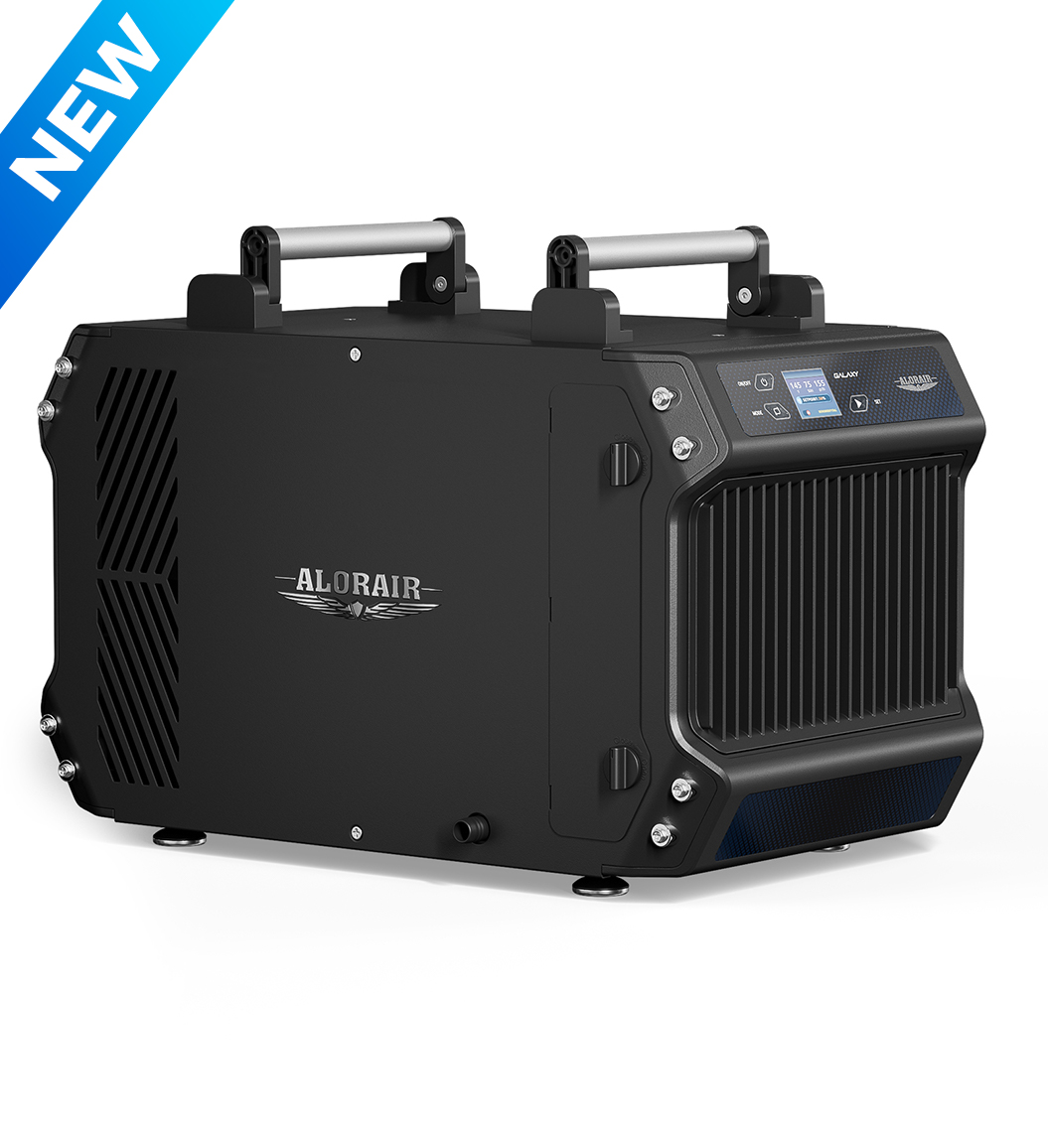
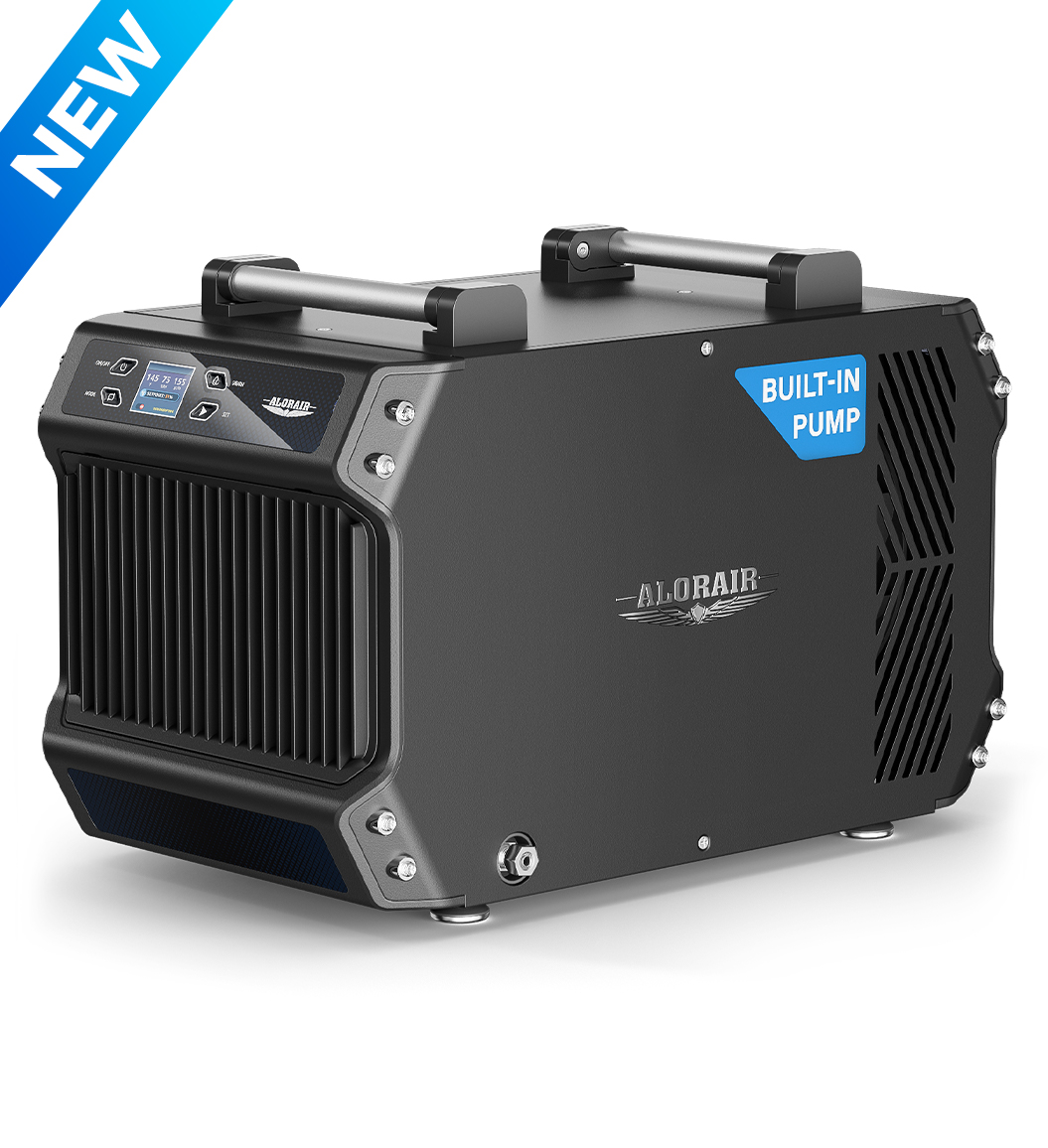




.jpg)
.jpg)
.jpg)
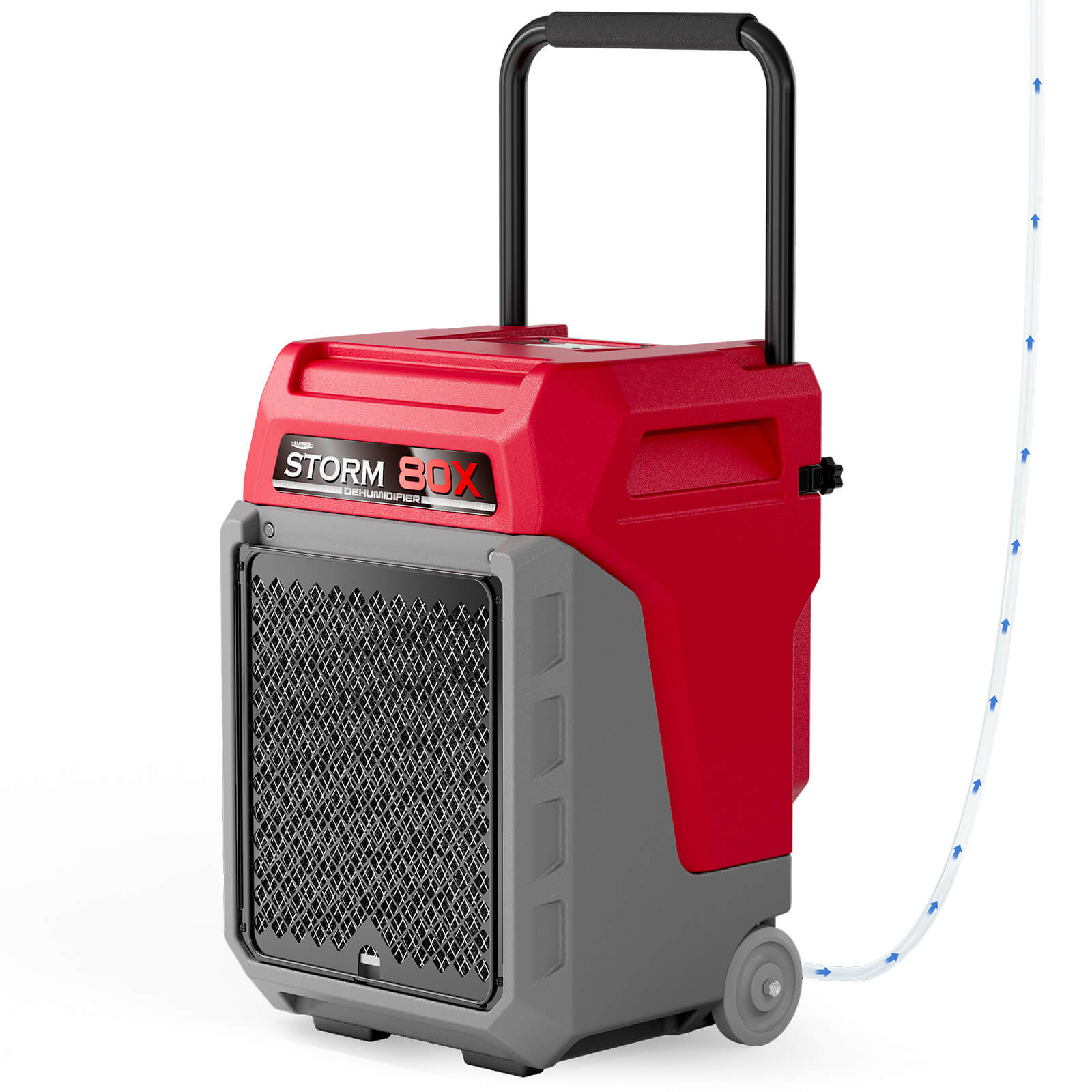


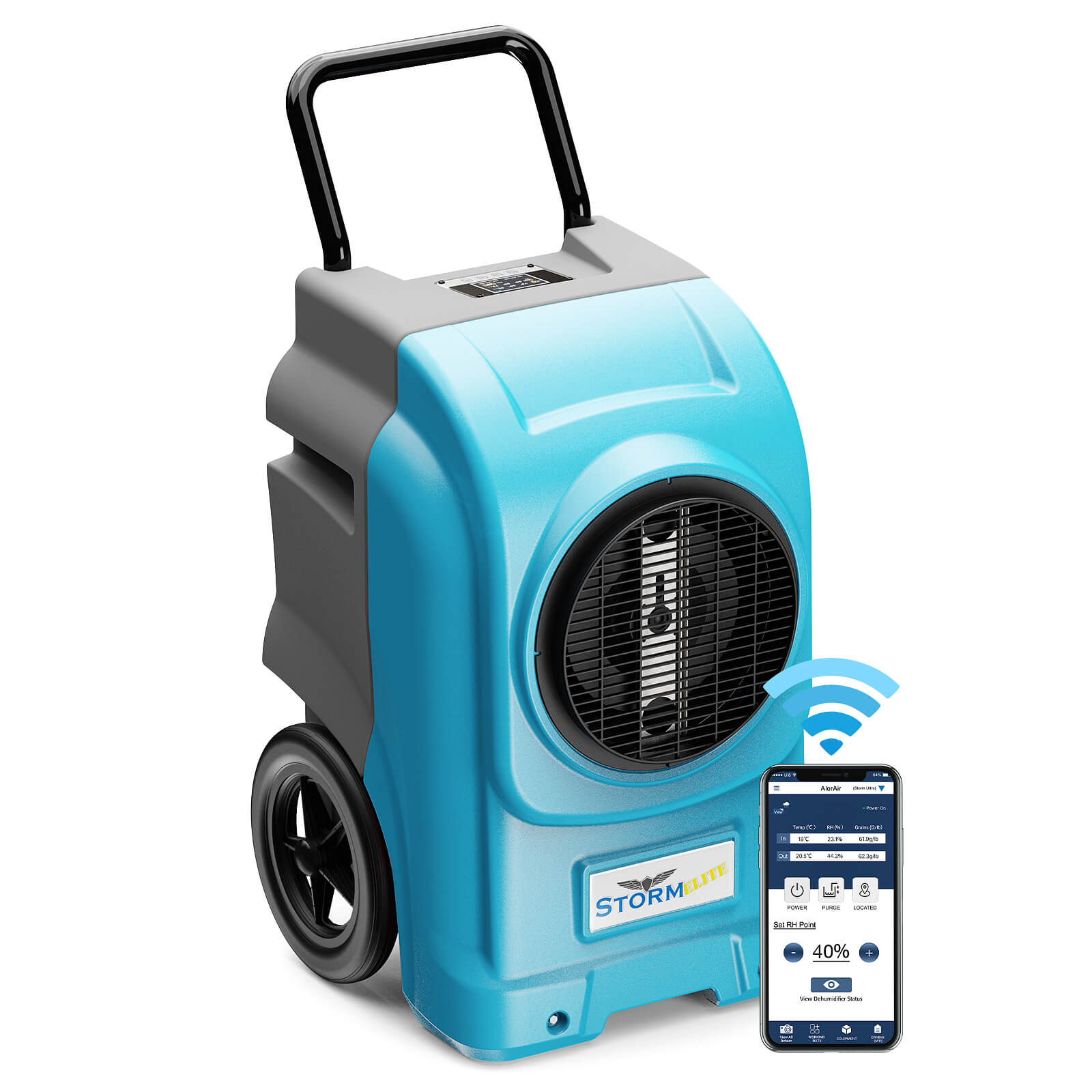

.jpg)
.jpg)

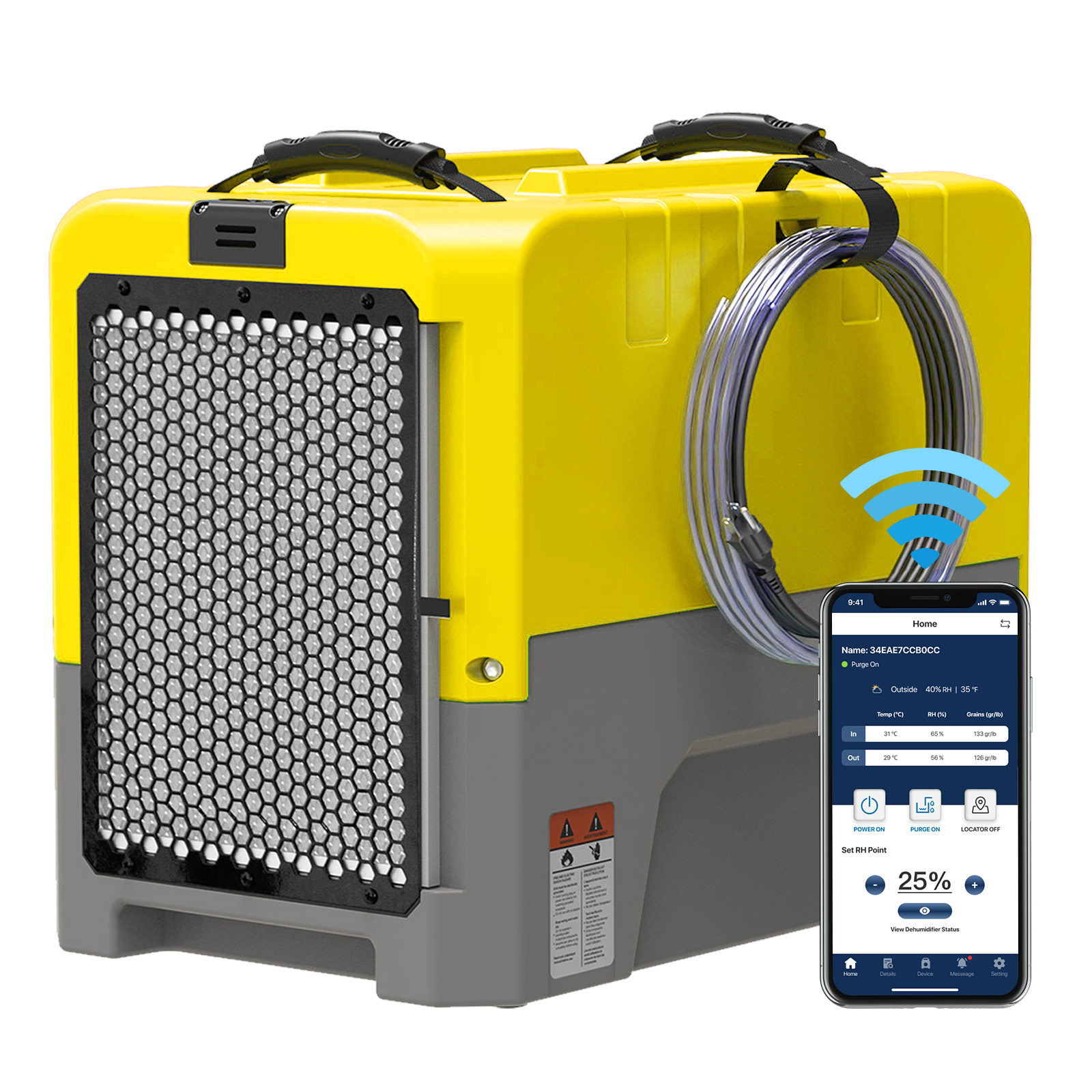








.jpg)
.jpg)








.jpg)
.jpg)










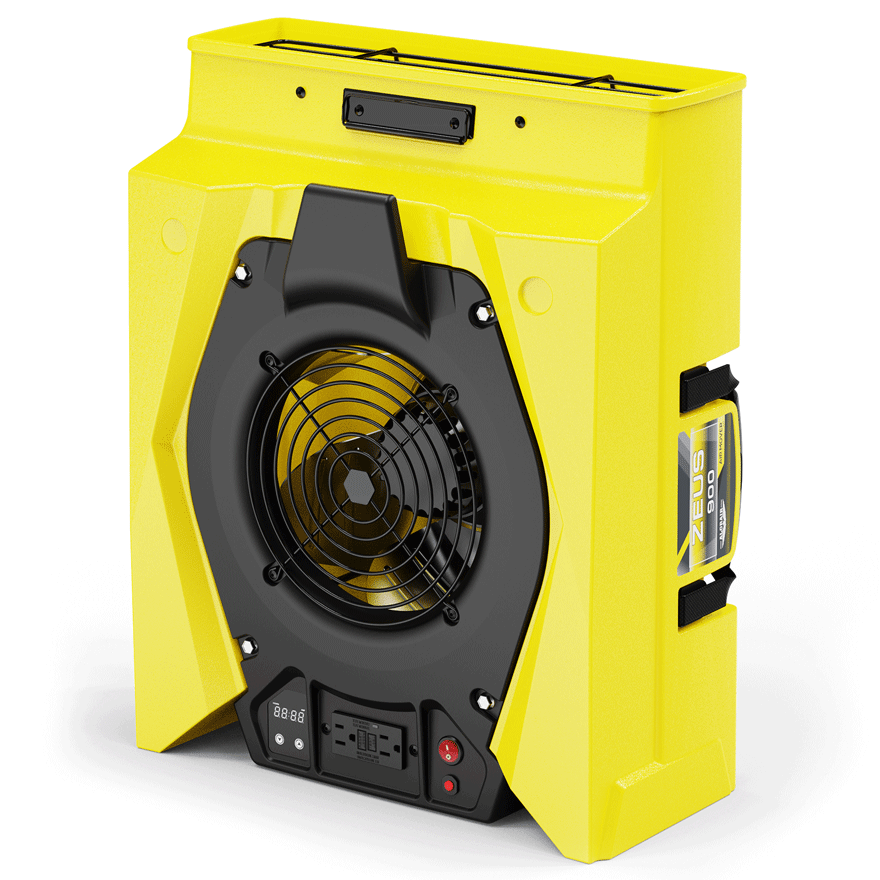
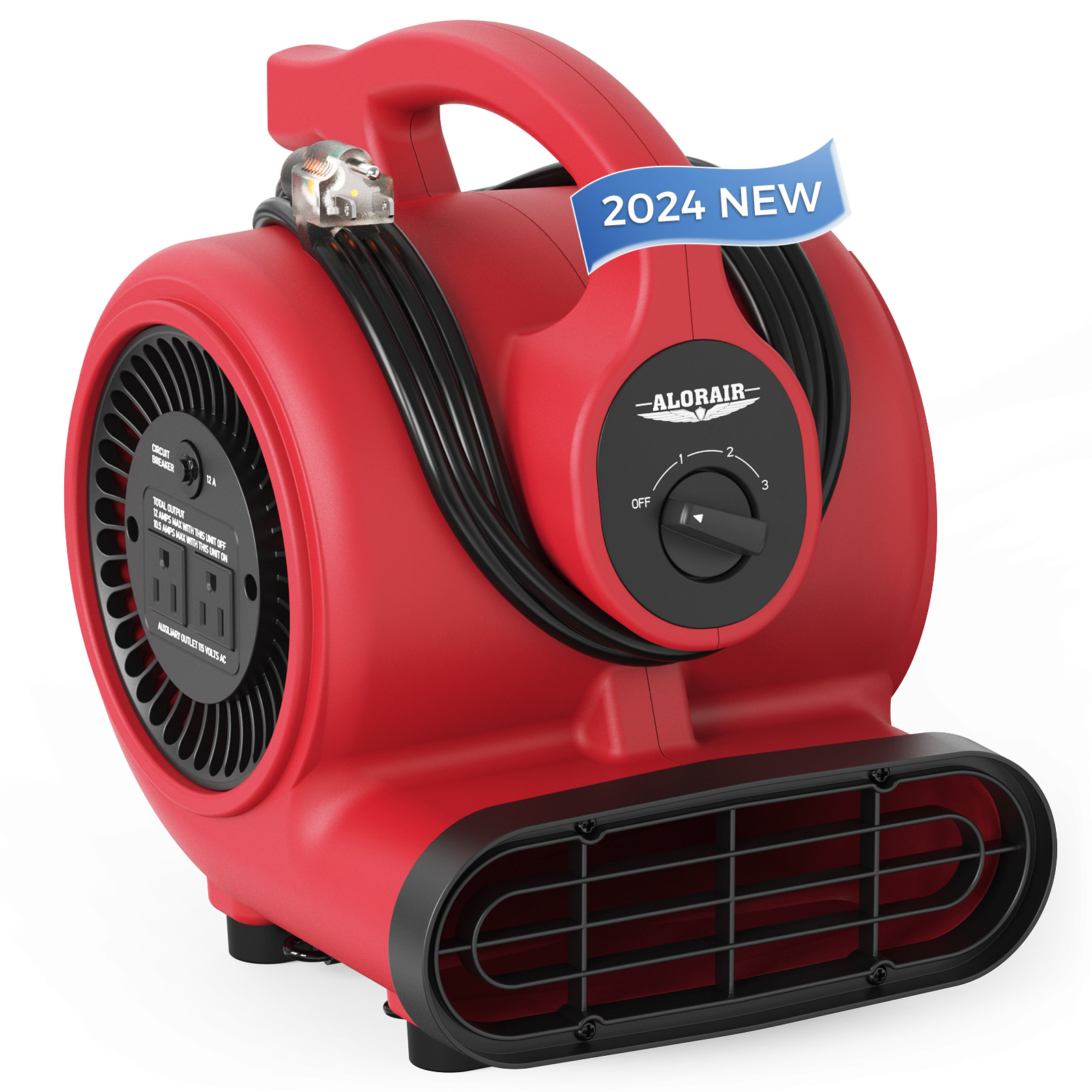
.jpg)
.jpg)
.jpg)
.jpg)
.jpg)
.jpg)
.jpg)
.jpg)
.jpg)
.jpg)
.jpg)
.jpg)
.jpg)
.jpg)





.jpg)
.jpg)
















-.jpg)
.jpg)

.jpg)
.jpg)



























 Exclusive offers
promotions
Exclusive offers
promotions

